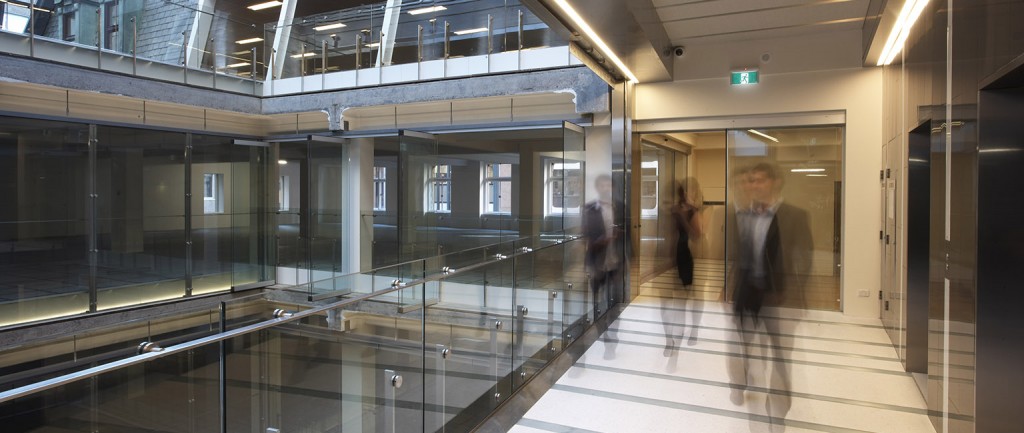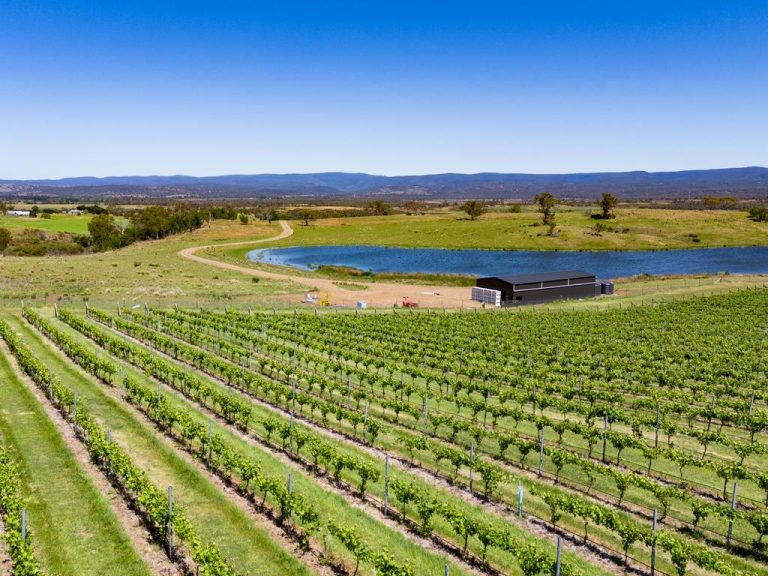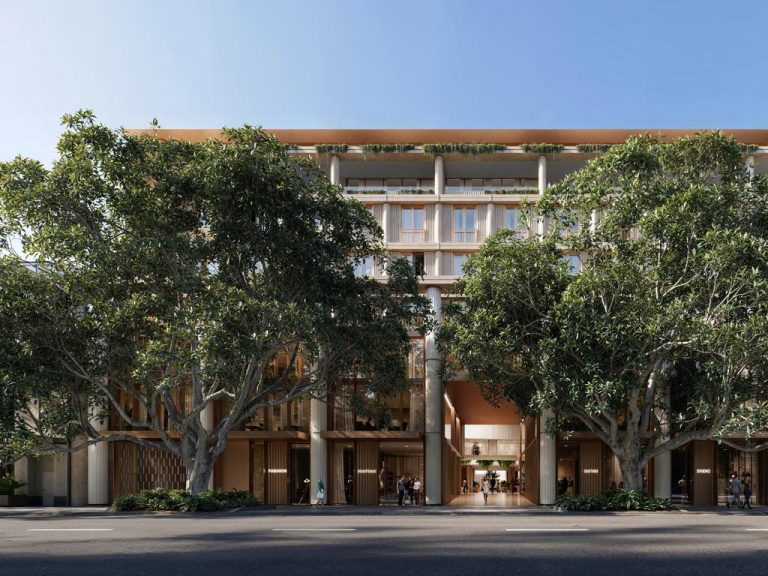Why green stars matter for office performance

Over the past decade, we’ve seen a ‘green gold rush’ of new buildings being designed and constructed to the highest environmental standards. In fact, around 20% of Australia’s commercial office stock is now Green Star-rated. So, why has this happened?
A Green Star rating gives building owners many benefits – such as faster attraction of tenants and buyers, increased employee productivity and engagement, lower operating costs and improved asset value.
The latest IPD Australia Green Investment Property Index, for example, found Green Star-rated office buildings outperformed the rest of the office market by 170 basis points. Green Star buildings delivered returns of 10.9% to September 2013, compared with 9.2% for ‘non-green’ buildings. Clearly, the market wants green buildings.
We also know that buildings with Green Star ratings produce 62% fewer greenhouse gas emissions and use 66% less electricity than average Australian buildings. They also consume 51% less water. This translates directly into operational cost savings.
However, new construction accounts for just 2% of our building stock.
The rest of our buildings are in desperate need of an upgrade. The Property Council of Australia estimates that more than 340 million sqm of non-residential building space needs to be upgraded to meet current best practice benchmarks.

The Perpetual Building at 39 Hunter St in Sydney was Australia’s first heritage-listed building to achieve a 6 Star Green Star – Office Design rating.
Many of our commercial buildings were built between 1960 and 1980 for as little money as possible – and with little consideration of issues like energy efficiency, water conservation or indoor environment quality.
As a result, the cost of running these buildings is, conservatively, $27 billion each year. All of these buildings, however, have opportunities for improvement.
So, what can building owners do?
Measurement is the first step towards better management of our buildings; if you can measure it, you can start to manage it and set targets.
The new Green Star – Performance rating tool can help you measure how your building is performing by benchmarking it against best practice in categories such as indoor environment quality, energy, transport, water and materials.
Once you have an understanding of how your building is performing, you can take practical action to improve its operations and reduce its environmental impacts – and its costs.
And if you’re looking at buying new commercial property, remember there are tools to help you understand how the building will stack up as a sustainable, future-proofed asset.







